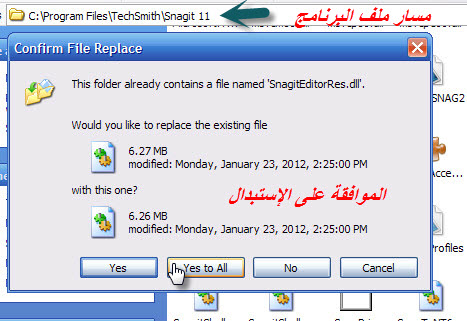

Imagine walking into a giant city for the first time in an open world game, only for your movement to slow to a crawl. The camera moves sluggishly, banners stop flapping overhead, and characters jump from one position to another.įrame rate, or frames per second (FPS), measures the number of times your graphical hardware redraws the screen every second.

Your graphics card, CPU, and RAM all work together to create the geometry, textures, lighting, and effects that compose one of those frames. When one component in the chain causes a bottleneck-for example, your CPU tells your GPU to render a large number of objects at once-your PC draws fewer frames per second. The most common reason for reduced FPS is graphics settings that create a larger workload than your hardware can handle. So how do you achieve better FPS? Getting a faster CPU, more RAM, or a newer graphics card is one solution. However, you should update software and adjust settings first to see if you can improve FPS without changes to your system. Let’s walk through the reasons to increase your FPS, go through the graphics settings that will help you fine-tune it, and explore the options for upgrading. If you’re seeing low FPS in-game, there are a few steps you can take immediately. Use the Task Manager (shortcut: CTRL+SHIFT+ESC), then click the CPU and Memory tabs to see what’s using large chunks of your CPU or RAM. Developers often release patches with major performance impacts. Enable automatic updates in Steam or your game launcher of choice to ensure you don’t miss one.
Snagit 11 download old version drivers#
Optimizations and new features added through GPU drivers can give your FPS a real boost. Modders often come up with creative ways to improve performance, whether that means forcing a game to run at 60 FPS or disabling features that can’t be found in settings menus.īe sure to keep them updated through your graphics card manufacturer’s software.


 0 kommentar(er)
0 kommentar(er)
